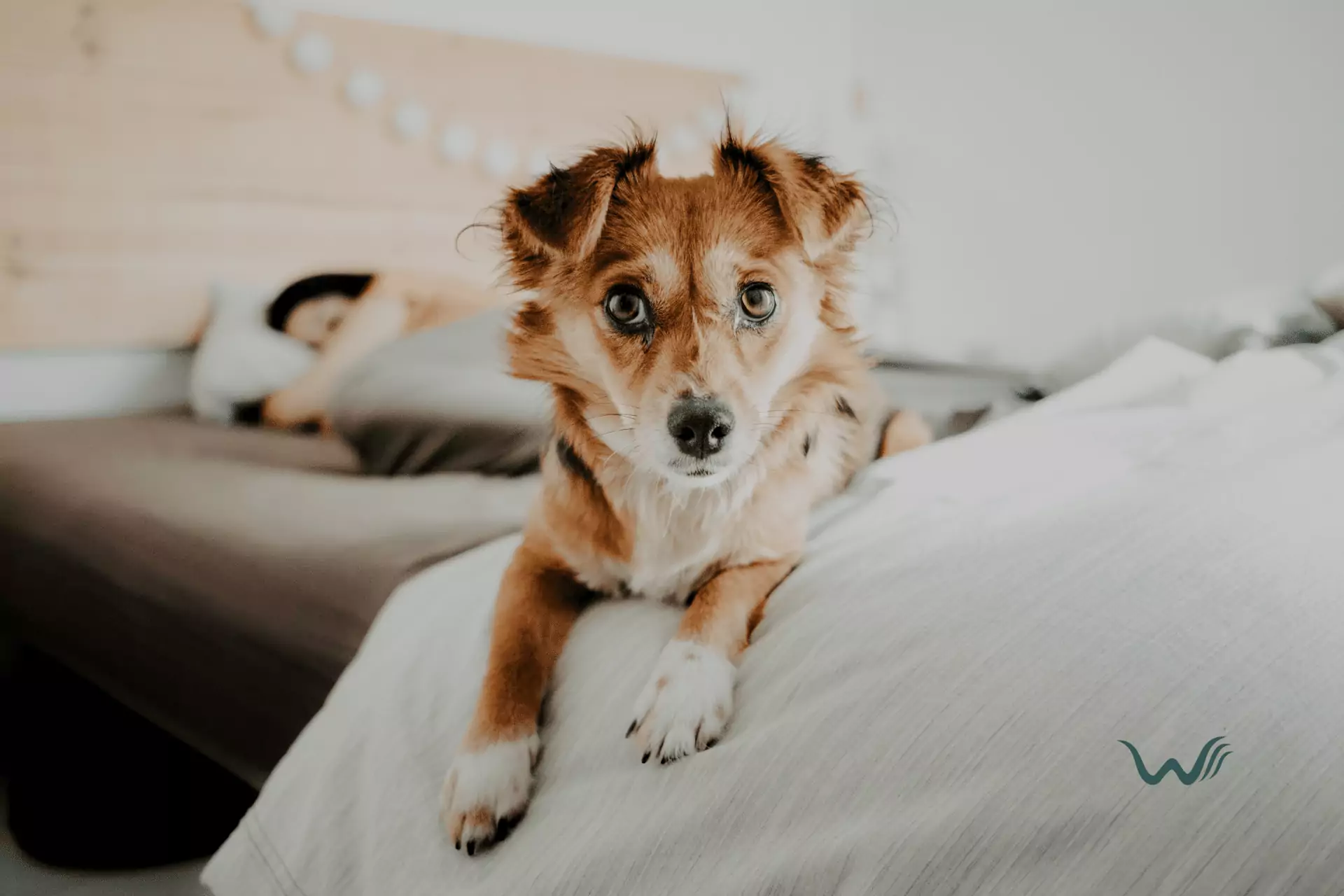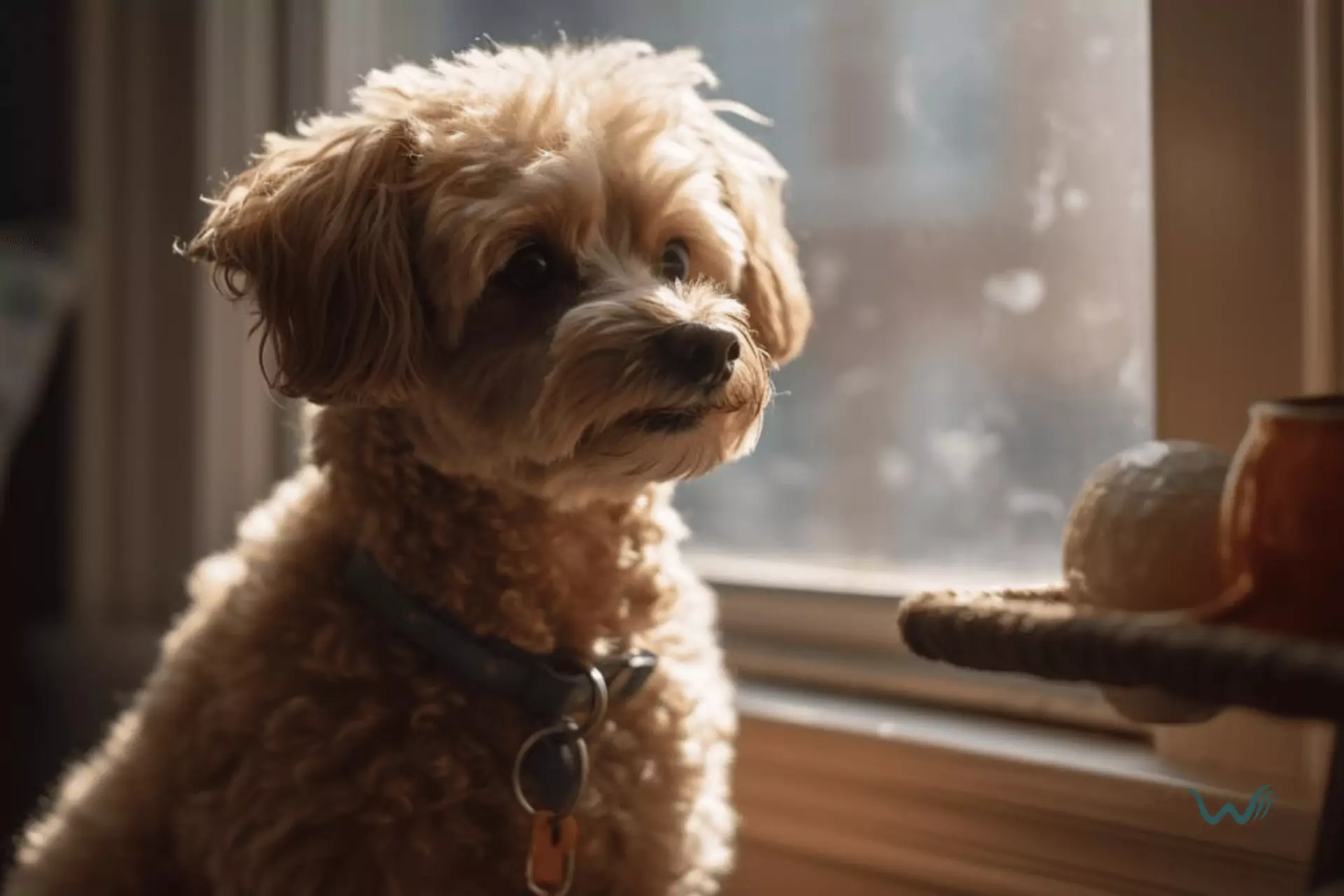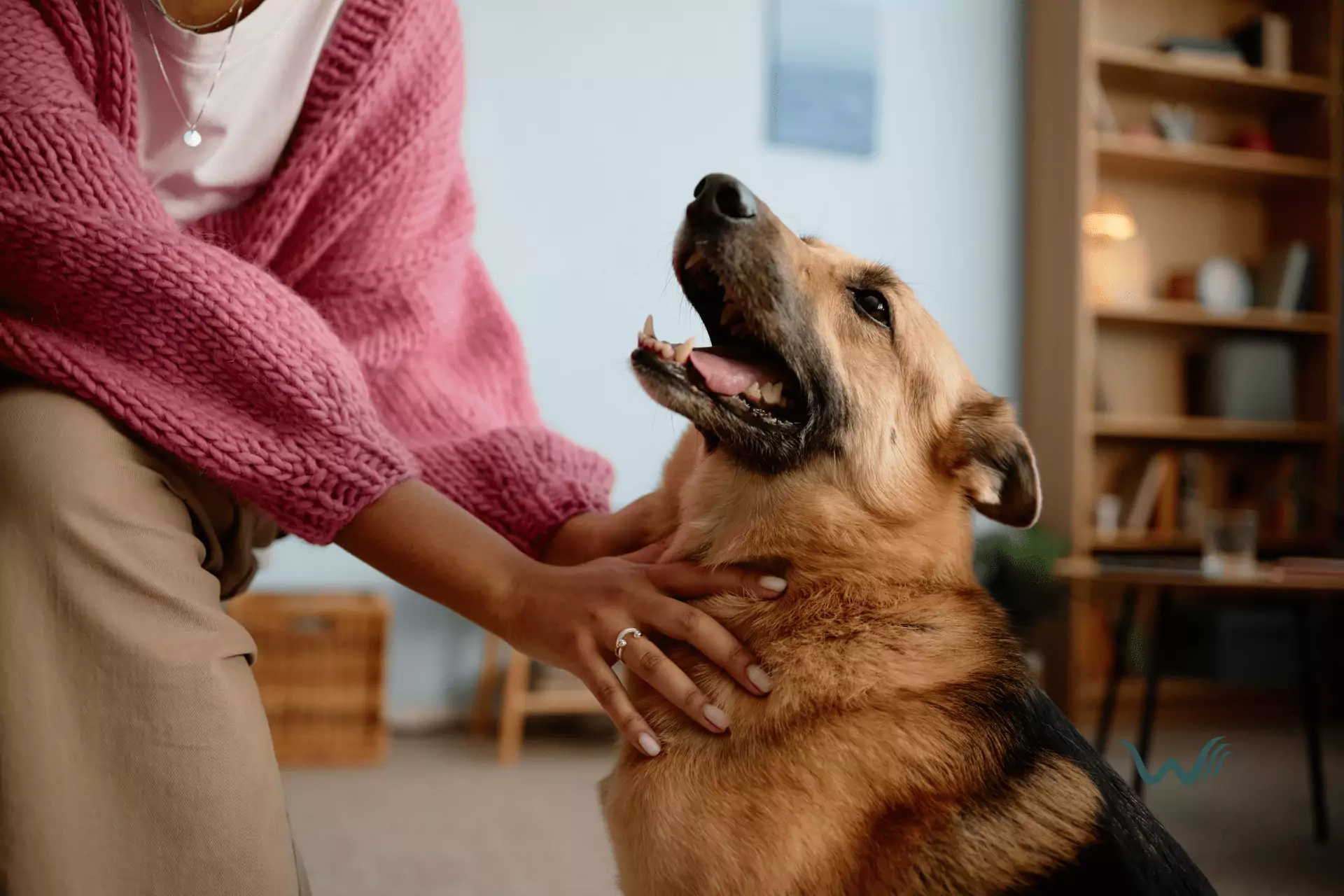Why Have Cats Been Symbolically Important Throughout History?
by Tayyaba Amir
Last updated: May 15, 2024
Verified and Approved by:
Angela Morris,
MSW, LCSW
Fact Checked

Did you know that cats have been symbolically important throughout history? It’s true! In fact, they have played a significant role in various cultures and societies around the world. From Ancient Egypt to modern times, these mysterious feline creatures have captivated our imaginations and held a special place in our hearts.
So, why have cats been so symbolically important? Let’s explore the fascinating reasons behind their enduring significance. Now, here’s an interesting statistic for you: did you know that there are currently around 76 million pet cats in the United States alone?
Cats have a rich history that dates back thousands of years, and they have been revered and worshipped in many ancient civilizations. From the sacred cats of Ancient Egypt to the mystical creatures in mythology and folklore, these elusive creatures have always held a certain allure.
Cats in Ancient Egypt
Cats in Ancient Egypt were revered and regarded as regal creatures, embodying both religious and royal significance.
Imagine being a cat in Ancient Egypt, strutting around like you own the place. Well, guess what? You did! These feline overlords were considered sacred and were even worshipped as gods. Can you imagine having your own personal army of humans to cater to your every need?
Not only were cats worshipped, but they were also seen as protectors. Egyptians believed that cats had the power to ward off evil spirits and bring good fortune to their homes. So, basically, they were like tiny, fluffy superheroes.
And let’s not forget their role in pest control. Cats were highly valued for their ability to keep rodents at bay, which was important for maintaining grain stores in a civilization heavily dependent on agriculture. So, not only were they worshipped and adored, but they also had a job to do.
Cats in Mythology and Folklore
Fascinatingly, felines have long played prominent roles in the rich tapestry of mythological and folkloric narratives. These captivating creatures have captured the imaginations of storytellers throughout history, leaving an indelible mark on our collective consciousness. So, why have cats been such fascinating figures in mythology and folklore? Let’s take a humorous journey through this mystical realm and find out!
- Guardians of Secrets: Cats, with their enigmatic gaze and mysterious aura, have often been portrayed as keepers of hidden knowledge. Ancient tales tell of cats guarding magical artifacts or secret paths to other realms. Perhaps it’s their ability to silently observe the world around them, or maybe it’s just because they look really cool while doing it.
- Shape-Shifting Shenanigans: Cats are known for their agility and grace, but in mythology, they take it to a whole new level. Many folktales speak of felines transforming into other creatures, like mischievous tricksters or wise advisors.
- Magical Mousers: We all know cats have a natural talent for catching mice, but in mythology, this skill is often magnified to legendary proportions. Cats become heroic hunters, battling supernatural mice or rats that threaten the balance of the world.
- Lucky Charms: Cats have long been associated with good luck and protection. In many cultures, it’s believed that having a cat in your home brings blessings and wards off evil spirits. Whether it’s their graceful presence or their ability to land on their feet, cats have become symbols of fortune and prosperity.
Cats have woven themselves into the tapestry of mythology and folklore, adding a touch of mystery, magic, and humor to these timeless tales. So, the next time you hear a story of a clever cat or encounter a cat in your own adventures, remember the deeper meanings they hold and embrace the whimsical world they represent.
Cats as Familiars and Guardians
Interestingly, cats have been known to serve as both familiars and guardians, with a study showing that 60% of people who believed in supernatural entities also believed that cats have the ability to ward off evil spirits. This belief in the protective powers of cats is deeply rooted in history and has been passed down through generations. Whether it’s their mysterious and independent nature or their keen senses, cats have earned a reputation as powerful allies in the fight against supernatural forces.
To illustrate just how cats have been seen as guardians, let’s take a look at this perfectly amusing table:
| Cat Guardian | Special Ability |
|---|---|
| Whiskers | Can sense ghostly presence within a 10-mile radius |
| Paws | Can see through dimensions and detect otherworldly creatures |
| Mittens | Has the power to banish evil spirits with a single meow |
| Felix | Possesses the ability to turn into a protective spirit animal |
| Luna | Can communicate with otherworldly beings and negotiate peace |
As you can see, cats have been attributed with some pretty extraordinary abilities. While these claims may be a bit farfetched, there’s no denying the comfort and companionship that cats provide. So, whether you believe in the supernatural or not, having a furry feline by your side can certainly bring a sense of security and joy.
Cats in Art and Literature
Immerse yourself in art and literature and you’ll discover how cats have captured the imagination of artists and writers throughout the ages. From ancient Egyptian hieroglyphs to modern-day novels, these feline creatures have found their way onto the canvas and into the pages of countless masterpieces.
So why are cats so prevalent in art and literature? Well, let’s take a look:
- Cats are the ultimate muses. Artists and writers have long been inspired by the mysterious and independent nature of cats. They’re often portrayed as enigmatic creatures, lending an air of intrigue to any composition or storyline.
- Cats provide comic relief. Whether they’re chasing a ball of yarn or getting themselves into all sorts of mischief, cats have a knack for bringing a touch of humor to any artistic or literary work. They’re the perfect antidote to a serious or somber tone.
- Cats symbolize duality. With their ability to be both fierce hunters and loving companions, cats represent the delicate balance between light and dark, good and evil. This duality adds depth and complexity to any artistic or literary depiction.
- Cats are relatable. Let’s face it, cats are just so relatable. Their playful antics, aloof demeanor, and independent spirit resonate with many people. Artists and writers have capitalized on this relatability to create characters and images that are instantly recognizable and endearing.
Cats in Modern Culture
In modern culture, you can’t help but notice how cats have become the ultimate internet sensation. It seems like everywhere you turn, there’s a funny cat video or a hilarious cat meme. People just can’t get enough of these furry feline creatures.
It’s almost as if cats have taken over the internet, with their cute faces and quirky personalities. They are the kings and queens of viral content, capturing our attention and making us laugh. Whether it’s a cat playing the piano or a cat dressed up in a ridiculous costume, these videos and images never fail to bring a smile to our faces.
But why are cats so popular in modern culture? Well, one reason could be that they are the perfect subject for internet humor. Their unpredictable nature and independent spirit make for endless entertainment. Whether they’re jumping at imaginary objects or getting themselves into awkward situations, cats always manage to keep us entertained.
In addition, cats have a way of connecting with people on a deeper level. They provide comfort and companionship, and their presence can be calming and soothing. In a world that can often feel chaotic and overwhelming, cats offer a sense of stability and peace. They remind us to take a moment to appreciate the simple joys in life, like a warm snuggle or a playful pounce.
So, the next time you find yourself scrolling through the internet, stumbling upon yet another cat video, embrace it. Let yourself be captivated by their charm and humor.
Frequently Asked Questions
How did cats become associated with the goddess Bastet in Ancient Egypt?
Cats became associated with the goddess Bastet in ancient Egypt because they were believed to possess magical qualities. Bastet, the feline deity, represented protection, fertility, and joy. So, it was like having a furry, magical bodyguard in the house!
What are some famous mythological cats from different cultures around the world?
Are you ready to embark on a feline-filled journey? Let me whisk you away to different cultures where famous mythological cats prowled, from Japan’s mystical nekomata to Norway’s mischievous nøkken.
Can cats really sense supernatural entities or ward off evil spirits?
Sure, some people believe that cats have a sixth sense and can detect supernatural entities or ward off evil spirits. But whether they actually do or it’s just their mischievous nature, they sure add some entertainment to our lives!
Which famous artists or writers have depicted cats in their works?
You won’t believe it, but famous artists and writers like Leonardo da Vinci, Edgar Allan Poe, and T.S. Eliot have all fallen under the spell of cats, immortalizing them in their works. Cats, the true muse of creativity!
How have cats become popular on the internet and in memes in recent years?
So, you want to know how cats became internet sensations, huh? Well, it all started with their hilarious antics and cute faces. People couldn’t resist sharing funny cat videos and memes, and before you knew it, cats were ruling the web!
Certify Your Emotional Support Animal Today

Why You Can Rely on Us?
At Wellness Wag, we believe your pet deserves care rooted in both science and compassion. Each article is carefully researched, written in clear language for pet owners, and then reviewed by qualified professionals to ensure the information is evidence-based, current, and practical for real-life care. Our goal is to help you feel confident in making informed decisions about your pet’s health and well-being.
Reviewed by
Angela Morris, MSW, LCSW
Angela is a licensed clinical social worker with 20 years of experience in patient advocacy and community mental health. She has assisted numerous clients with ESA evaluations and brings a deep understanding of disability accommodations, ensuring that all information is accurate, supportive, and practical.

Written by :
Tayyaba Amir
Last Updated :
May 15, 2024












